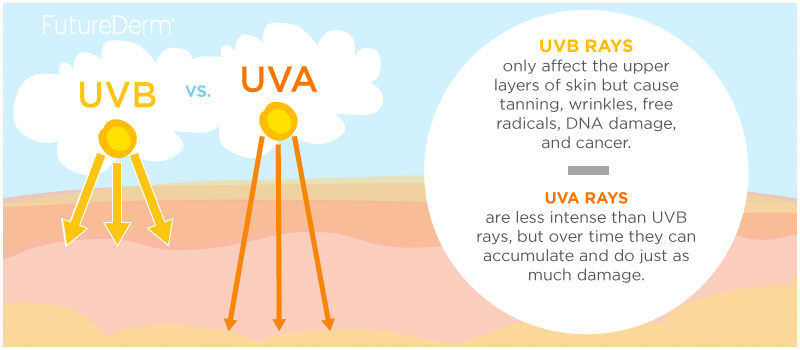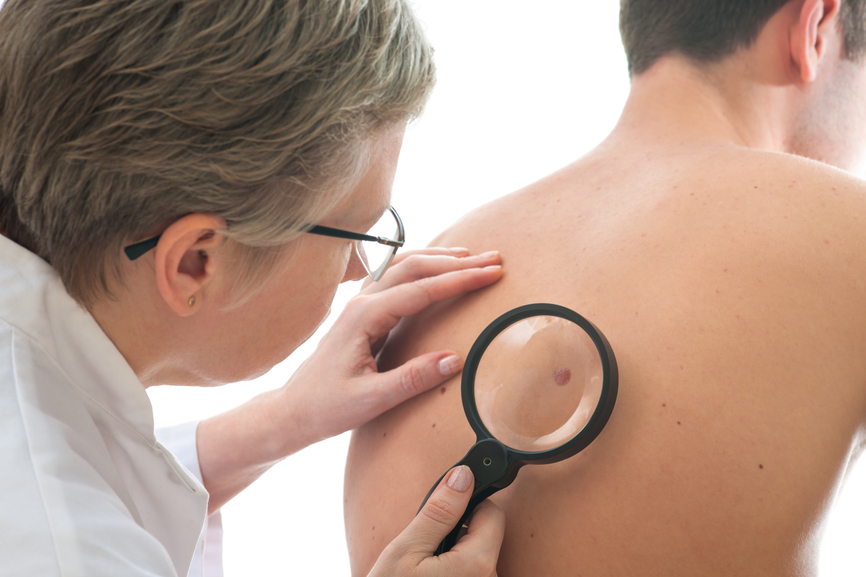May is here, which means that you can soon frolic in the sun with any of PCA SKIN’s broad-spectrum, high-SPF sunscreens, such as the Weightless Protection SPF 45 and the Active Very Water/Sweat Resistant SPF 45, that are packed with antioxidants and other cell-damage preventing compounds. Even though many of PCA SKIN’s Broad Spectrum SPF products have received the Skin Cancer Foundation Seal of Recommendation, in honor of Skin Cancer Awareness Month and Melanoma Monday (May 4), we would like to introduce some additional tips to maximize your summertime sun protection.
Also in honor of Skin Cancer Awareness Month and in partnership with The Skin Cancer Foundation, PCA SKIN will be hosting the Are you Covered? Photo Contest. For every photo and vote submitted, PCA SKIN will donate one dollar to The Skin Cancer Foundation. To join the contest, you simply need to submit a photo of your PCA SKIN sunscreen on Instagram with #imcovered and #pcaskincontest or upload directly to the contest site. The Fan Favorite and PCA SKIN Panel Favorite will both win a year’s supply of PCA SKIN broad-spectrum sunscreen, a beach cruiser, designer tote, fedora and aviator sunglasses valued at over $800!
Apply Sunscreen Regularly
It’s no secret that sunscreen is one of the best ways to protect our skin against harmful UV rays. A 2011 study from the Journal of Clinical Oncology found that long-term, daily use of sunscreen reduced participants’ risk of melanoma by nearly 50%. Yet scientific studies have repeatedly shown that a majority of us use sunscreen incorrectly, from applying it too infrequently to not applying enough and forgetting to lotion up easily-forgotten areas like behind our ears (Health Promotion International). Below are some simple yet easily forgotten sunscreen tips:
Apply sunscreen 15-30 minutes before going outside, so that your skin has time to fully absorb the sunscreen, and don’t forget often-overlooked places like your ears, neck, and feet.
Reapply your sunscreen every 15-30 minutes, Even though our moisturizing Protecting Hydrator Broad Spectrum 30 and Active Broad Spectrum SPF 45: Water Resistant were formulated to be long-lasting, you should regularly reapply the sunscreens to ensure their maximum efficacy. A 2001 study from the Journal of the American Academy of Dermatology found that re-applying sunscreen every 20 minutes after sun exposure offered test subjects 60-85% more protection from UV rays than if they had waited the typical 2 hours to reapply sunscreen.
Use a broad-spectrum sunscreen. A sunscreen’s SPF only measures its protection against UVB rays, which can burn the skin (Mayo Clinic). All of the sunscreens in PCA SKIN’s SPF Suite offer broad-spectrum protection, meaning that they block both sunburn-inducing UVB rays and the UVA rays that are responsible for wrinkling, photo-damage, and many forms of skin cancer (The Skin Cancer Foundation).
Keep your skin hydrated. In accompaniment with your everyday sunscreen, you may wish to try PCA SKIN’s C&E Strength, which uses Vitamins C and E to reduce fine lines and wrinkles, and several antioxidants and botanicals that protect against damaging UV rays.
Wear Dark Clothes and Heavy Fabrics
It makes sense to wear light chiffons and tropical hues in the summer time, but for the sake of skin protection adopting a darker color palette and wearing more tight-knit fabrics is your best option (Recent Results in Cancer Research, Skin Cancer Foundation).
Tightly-knit fabrics like nylon and lycra number among the most summer friendly fabrics, since the space between each knit is so small that it lets little sunlight in. Cotton and linen, on the other hand, are loosely knit and give UV rays much wider windows through which they can reach the skin. Dark colors enhance clothing’s UV rating, as they are better able to absorb UV rays and prevent them from touching the skin (Skin Cancer Foundation, Cancer.net). Heavy fabric also exhibited a higher propensity for absorbing and blocking harmful rays, as were fabrics dyed with natural dyes (BMC Dermatology, Scientific World Journal, American Cancer Society).
Visit Your Dermatologist
As a rule, you should visit a dermatologist at least once a year for a general check up. Although everything may seem healthy and normal, dermatologists are trained to notice even the slightest variations in our skin’s composition, and can easily tell if your tiny freckle is the beginning of a more serious problem, or an atypical mole that needs further analysis.
Keep Aware of Moles
Our skin changes as we get older, which means both the appearance and disappearance of wrinkles, pimples, discoloration, freckles and moles, among many others. Rapid development or discoloration of existing moles can point to potential skin damage and even the early stages of melanoma.
A typical mole should be rounded and have a dark brown color, and should not change too much in size over the course of your life. Atypical moles are the size of a pencil eraser or larger, have an irregular border and are usually a mix of pink, brown, black and tan pigments (Skin Cancer Foundation, (National Cancer Institute, Clinics (Sao Paulo)). While not every mole is malignant, having several atypical moles, sudden mole growth, or a family history of skin cancer puts one at a higher risk for developing the disease (The Western Journal of Medicine).
One study found that 80% of melanoma patients had pre-existing moles which had changed size and color (The Western Journal of Medicine). Similarly, some individuals may suffer from Familial Atypical Mole or Melanoma Syndrome, which gives them a 100% chance of developing melanoma by their 70th birthday (The Western Journal of Medicine).
Bottom Line
So what does this mean for your summer sunscreen routine? You should visit your dermatologist at least once a year for a general check-up, but more often if you experience a particularly nasty case of sunburn, have a history of melanoma/atypical moles, or if existing moles begin to shift color and size. You should apply sunscreen whenever you go outside, and reapply every 20-30 minutes, perhaps more frequently if you go swimming or sweat profusely. However, sunscreen alone will not offer you complete protection against sun damage. Darker clothes and heavier fabrics like denim will help to absorb UV rays, and you should avoid direct contact with the sun from 10 AM to 2 PM, when the sun is at its brightest and hottest.
Health Promotion International, 2004
Journal of the American Academy of Dermatology, 2001
Recent Results in Cancer Research, 2002
PCA Skin – Active Broad Spectrum SPF 45: Water Resistant
PCA Skin – Protecting Hydrator Broad Spectrum SPF 30
Scientific World Journal, 2014
The Skin Cancer Foundation – Everyday and High-UPF Sun Protective Clothing
The Skin Cancer Foundation – Sun-protective clothing
The Skin Cancer Foundation – Moles
The Skin Cancer Foundation – Understanding UVA and UVB




